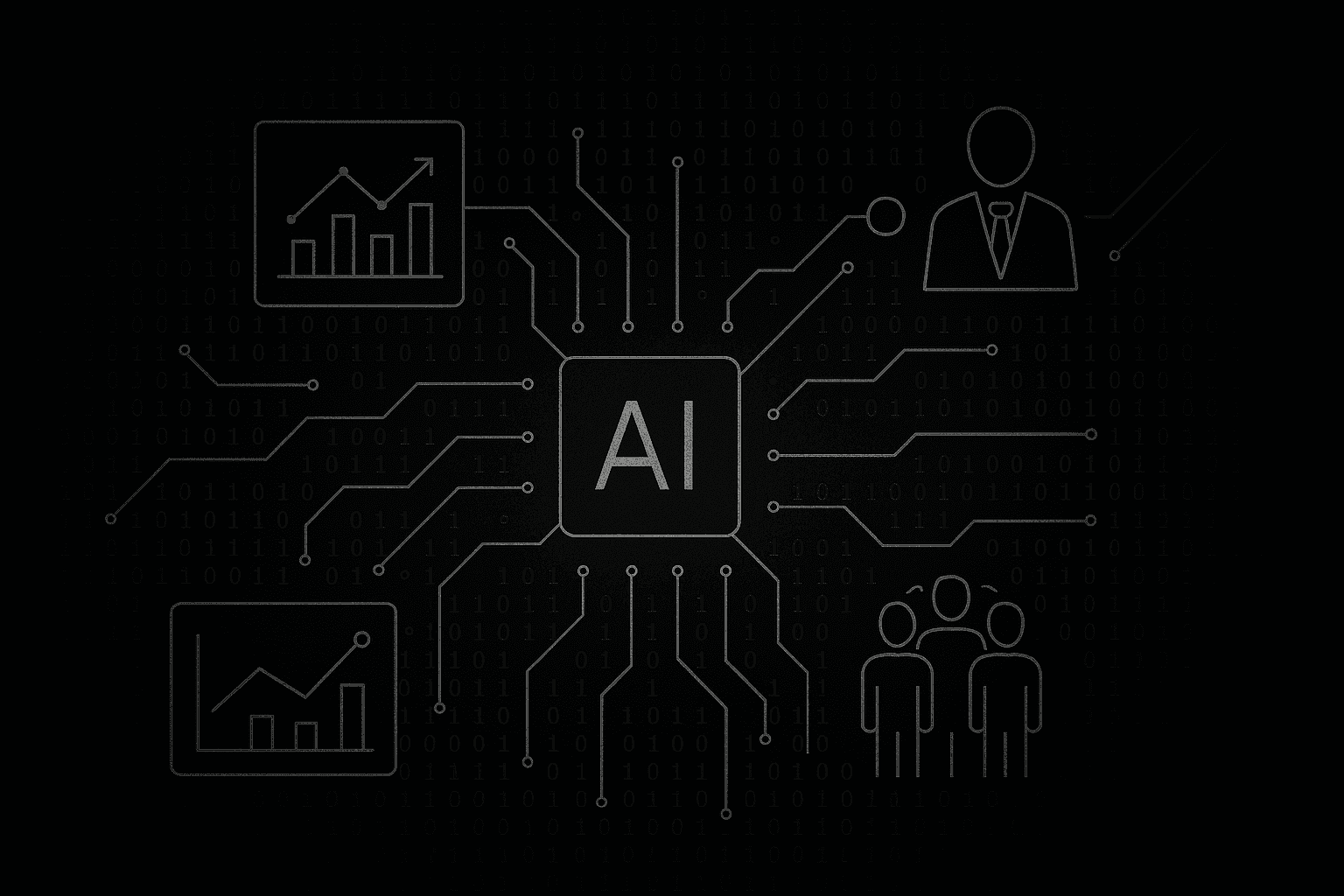Discover why AI infrastructure, data pipelines, cloud computing, storage solutions, and networking are the real engines behind AI’s growth. Learn how robust backends drive AI scaling, security, and compliance in today’s AI-driven world.

For years, much of the conversation around artificial intelligence (AI) has focused on algorithms, models, and user-facing applications. We marvel at chatbots that engage in natural conversations, AI-generated art that pushes creative boundaries, and recommendation engines that seem to anticipate our every need. However, beneath these impressive innovations lies an often-overlooked hero: the backend.
In the age of AI, the backend — comprising AI infrastructure, AI data centers, cloud computing, data pipelines, storage solutions, and advanced networking for artificial intelligence — has become the true engine driving AI’s explosive growth. Without these foundational components, the sophisticated AI models we admire would be impossible to train, deploy, or scale. This is the revenge of the backend: where invisible systems power visible breakthroughs.
The Hidden Backbone: AI Infrastructure
While AI models grab headlines, it's the AI infrastructure that makes them possible. Training large language models, generative AI systems, or autonomous vehicles requires massive computational resources. AI infrastructure includes specialized hardware like GPUs and TPUs, optimized software frameworks, and scalable platforms capable of handling enormous datasets.
Without robust infrastructure, even the most advanced models can’t function effectively. For example, training cutting-edge models can demand thousands of GPUs running in parallel for weeks, all coordinated seamlessly. This is where AI data centers come in — massive facilities purpose-built to support high-performance AI workloads.
According to recent search data, interest in AI data centers and AI infrastructure is steadily growing, reflecting their rising importance in today’s technology landscape.
Cloud Computing: The Great Enabler
The rise of cloud computing has democratized access to powerful AI resources. Startups and enterprises alike can now spin up thousands of compute instances on demand, train complex models, and deploy them globally within minutes. No longer limited by the constraints of on-premises hardware, even small companies can leverage world-class AI capabilities previously reserved for tech giants.
Cloud providers are racing to build AI scaling capabilities, offering services that automatically adjust compute, memory, and storage resources based on workload demands. This elasticity allows organizations to innovate rapidly without the need for significant upfront investments in physical infrastructure, lowering the barrier to entry for cutting-edge AI research and deployment.
Moreover, integrated solutions like serverless computing, container orchestration (such as Kubernetes), and managed AI services simplify complex backend processes, allowing data scientists and developers to focus on building models rather than managing infrastructure. With multi-region deployments and global content delivery networks (CDNs), AI applications can serve users worldwide with low latency and high availability.
Storage Solutions: Feeding the Data-Hungry Beast
AI systems are only as good as the data they consume. As models grow in complexity, so do their data requirements, making storage solutions critical to AI development. Modern AI training pipelines often require petabytes of data, demanding fast, reliable, and scalable storage systems.
Innovations in distributed file systems, object storage, and hybrid cloud storage help organizations maintain data integrity and accessibility. Additionally, intelligent storage tiers, data compression, and automated lifecycle management are optimizing costs while ensuring high-speed access to training data. Efficient storage not only supports model training but also enables real-time inference, version control, and seamless data sharing across global teams — all essential for scaling AI responsibly and efficiently.
Networking: The Nervous System of AI
Another unsung hero of AI infrastructure is networking artificial intelligence and AI in networking. Efficient data transfer between storage, compute, and end users is critical for real-time AI applications such as autonomous vehicles, financial trading algorithms, and personalized healthcare systems.
High-speed, low-latency networks ensure that AI models can ingest, process, and output data in real time. Advances in software-defined networking (SDN) and network function virtualization (NFV) are paving the way for AI-optimized networks that adapt dynamically to workload demands. Additionally, AI-driven network management enables predictive maintenance, congestion control, and intelligent traffic routing — minimizing downtime, optimizing bandwidth usage, and supporting the ever-growing complexity and scale of modern AI workloads.
AI Security and Regulatory Challenges
With great power comes great responsibility. As AI infrastructure becomes more sophisticated, concerns about AI security and AI regulations are also on the rise. Securing AI systems involves protecting sensitive data, ensuring model integrity, and defending against adversarial attacks that can manipulate or corrupt model outputs.
Meanwhile, regulatory bodies are grappling with how to govern AI usage responsibly, balancing innovation with privacy, fairness, and ethical concerns. Issues like data sovereignty, algorithmic bias, explainability, and accountability are driving the push for stricter oversight and transparency.
Robust backend systems must incorporate security and compliance mechanisms from the ground up — including encryption, access controls, audit trails, and real-time monitoring — to safeguard AI deployments, ensure regulatory compliance, and maintain public trust in AI-powered systems.
The Limitations of AI and the Role of the Backend
Despite all the hype, we must acknowledge the limitations of AI. AI models are not omnipotent; they rely on high-quality data, massive compute power, and robust infrastructure. Without a solid backend, even the most advanced algorithms fall short.
Moreover, AI struggles with generalization, context understanding, and ethical decision-making — areas where human oversight remains critical. These challenges demand not just better models, but also comprehensive backend systems capable of managing bias, monitoring performance, and ensuring transparency. As AI scales, addressing these limitations will require close integration between technical infrastructure, human governance, and evolving regulatory frameworks to build trustworthy and effective AI ecosystems.
The Bottom Line: Backend is the Future
In the race for AI supremacy, companies that prioritize backend investments will lead. Whether optimizing data pipelines, enhancing AI scaling, or strengthening AI security, robust infrastructure is now mission-critical. As we enter deeper into the AI era, the backend is no longer a silent partner — it’s the driving force behind real-time insights, global deployments, and advanced AI capabilities.
With growing AI regulations and rising demands for ethical, secure, and sustainable AI, backend systems must be flexible, compliant, and resilient. Efficient AI data centers, scalable storage solutions, and optimized networking artificial intelligence will separate leaders from laggards. The future of AI belongs to those who master its invisible, yet indispensable, foundations.










